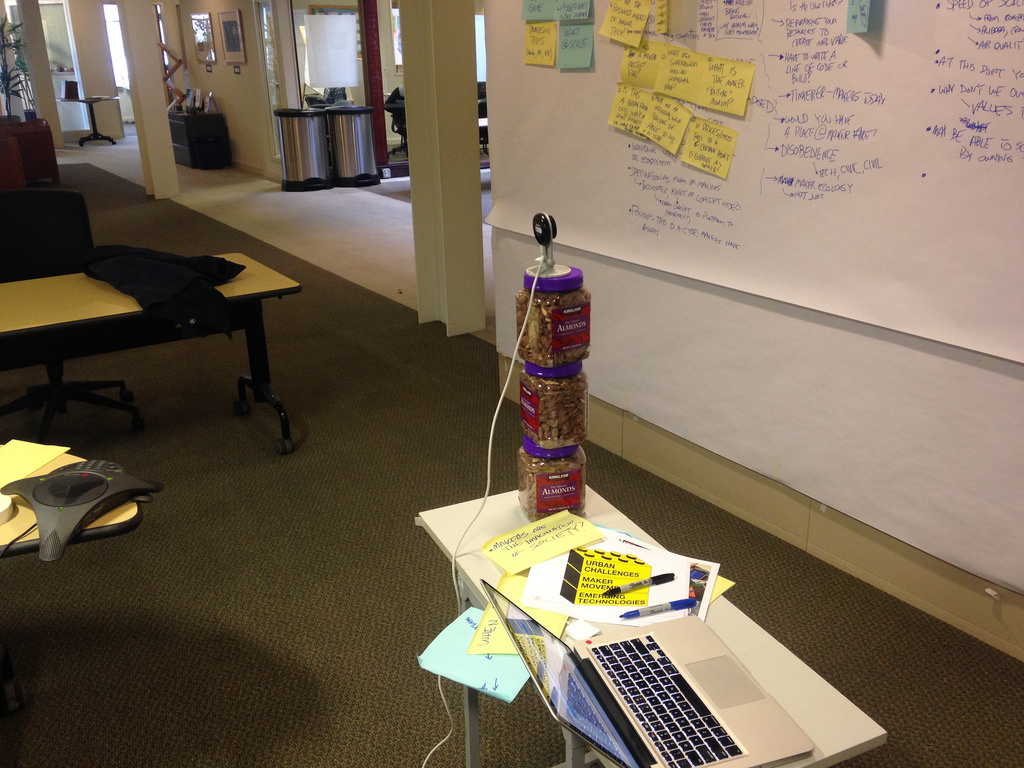This post is also the subject of a Leadership Minute video.
In 1996, I was working for a subsidiary of Cray Research in San Diego which got acquired by Sun Microsystems. We knew that the company was Bay Area focused; if you weren’t in the Bay Area, you were a second class citizen. In early interactions it was very clear that neither group had the skills to collaborate remotely, so we decided we better get good at it, and we would have to drive the development of remote collaboration skills from San Diego, because the Bay Area contingent wasn’t going to care.
 (hover over image for attribution)
(hover over image for attribution)
We first made sure the audio equipment was good. We did have video conferencing, but decided for the most part that was a distraction, and was too expensive to put in every meeting room. If the audio quality is poor, you might be able to work through it, but it will be inefficient.
The most important thing after being technically able to hear each speaker in a room, was to change behaviors. When you are present in a room full of speakers, you can see who is speaking, and who is not speaking. You don’t have the luxury remotely. At the start of a remote meeting, someone has to make sure that each person present introduces themselves on all endpoints. That enables remote leaders to ask for input from others who have not spoken.
If a speaker has any doubt that someone may not know who is speaking, they should announce their name when starting a new dialogue. It may seem tedious, but it’s important to know who said what.
If a listener doesn’t know who is speaking, they need to ask. If listeners do this enough times, the proper speaker behavior eventually comes around naturally. In general, they will be a little embarrassed that they assumed the listeners knew who was speaking, so they’ll change to avoid that.
If any remote listener can’t hear, they need to ask the speaker to speak up. In an in-person meeting you might be able to augment the mumbler by reading lips and observing body language, but remotely, don’t let them get away with sloppy communication.
The reason this problem exists is that the ability to speak remotely is relatively new to humans if you look at it from an evolution standpoint. It’s why we think telepresence is so compelling. Until telepresence is the norm for remote communication, we have to use “new” skills. Because so much of our work is done remotely now, we better get good at it on a much larger scale.
The end of the Sun Microsystems story is that we became good enough at it that it enabled a company wide initiative to reduce the real estate expense. The objective was to put 1.5 people in each corporate-paid seat, by letting them work from anywhere.


 (hover over image for attribution)
(hover over image for attribution)